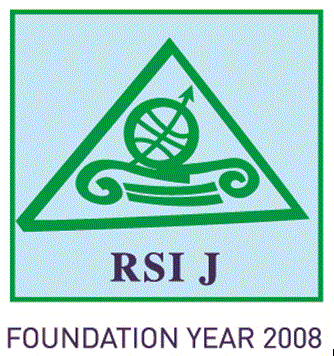Fernando TEIXEIRA
Assistant Professor, Department of Business Sciences, Polytechnic Institute of Beja, Portugal
fernando.teixeira@ipbeja.pt
Susana Soares Pinheiro Vieira PESCADA
Assistant Professor, Faculty of Economy, University of Algarve, Portugal
spescada@ualg.pt
Christos Ap. LADIAS
Professor, Regional Science Inquiry Journal, Greece
Ladias@rsijournal.eu
Murat HULAJ
Assistant professor, Faculty of Law, University of Haxhi Zeka, Peja, Kosovo,
murat.hulaj@unhz.eu
(Corresponding Author)
Filipos RUXHO
Assistant professor, Faculty of Agribusiness, University of Haxhi Zeka, Peja, Kosovo,
filipos.ruxho@unhz.eu
Valter MACHADO
Instituto Politécnico de Beja, Portugal
valterfilipemachado@gmail.com
Abstract
This study investigates the potential of decentralised stablecoins (dP2P) as financing mechanisms and currency stabilisers in developing economies. The quantitative, exploratory, and correlational approach, based on the hypothetical-deductive method, uses data from 2010 to 2020 provided by sources such as The World Bank, OECD, and IMF, covering both developing and developed countries. The main hypothesis is that dP2P offers greater exchange rate stability compared to fiat currencies in emerging economies. The methodology involves applying simple moving averages (SMA) to assess exchange rate volatility and compare the performance of dP2P with traditional currencies. The results reveal that during the analysed decade, several fiat currencies experienced significant depreciations, while dP2P exhibited lower volatility. Argentina and Angola recorded the largest depreciations, reflecting high levels of economic instability, whereas currencies like the Costa Rican colon and the Vietnamese dong showed greater resilience. dP2P tracked the depreciation trends of fiat currencies, but with less intensity, indicating a higher potential for value preservation. The main contributions of this study are the empirical validation of stablecoins as a viable alternative to mitigate exchange rate volatility in emerging economies and the introduction of SMA as an effective tool for analysing the stability of crypto assets, expanding the application of statistical methods in evaluating decentralised finance (DeFi).
Keywords: Stablecoins, FIAT, volatility, and Fiat currencies,
JEL classification: G10, G23, E44, E47,
pp. 95-106
